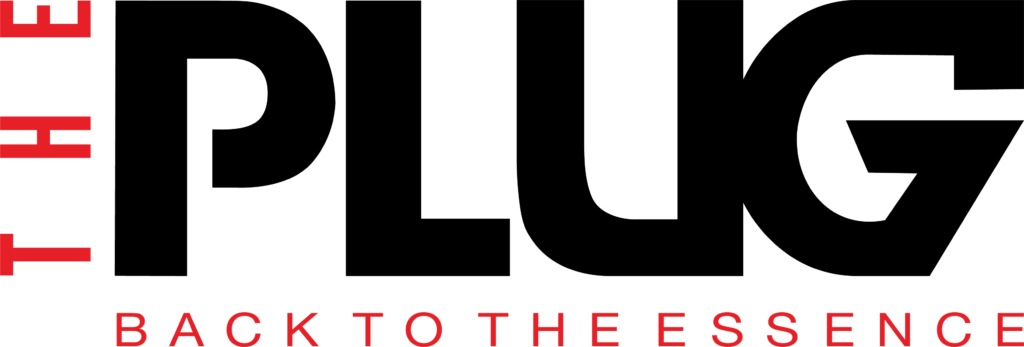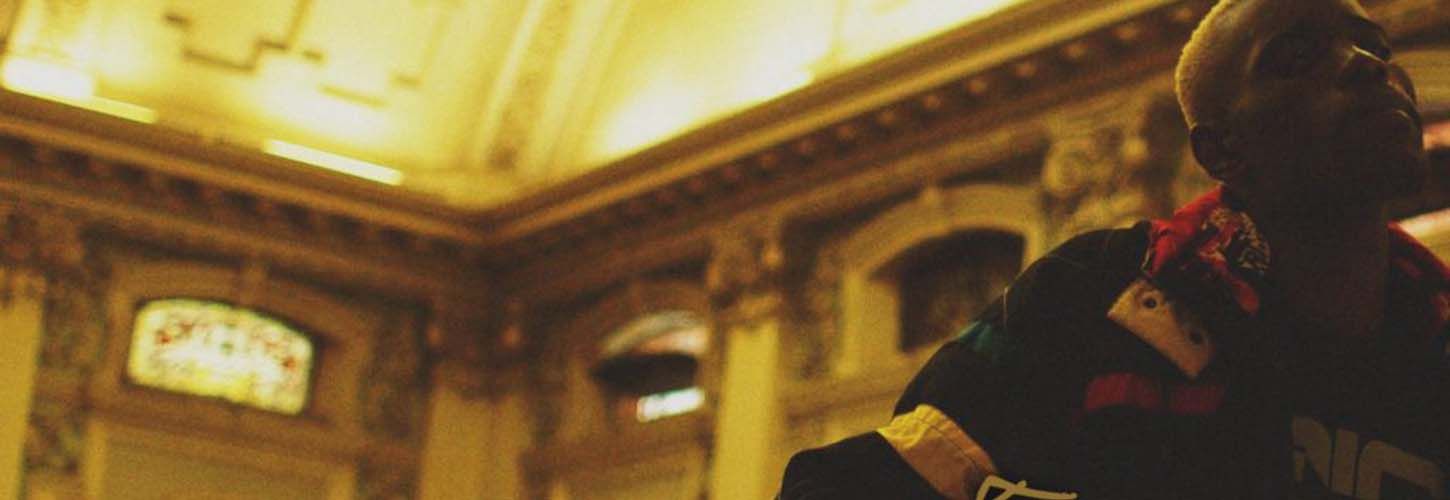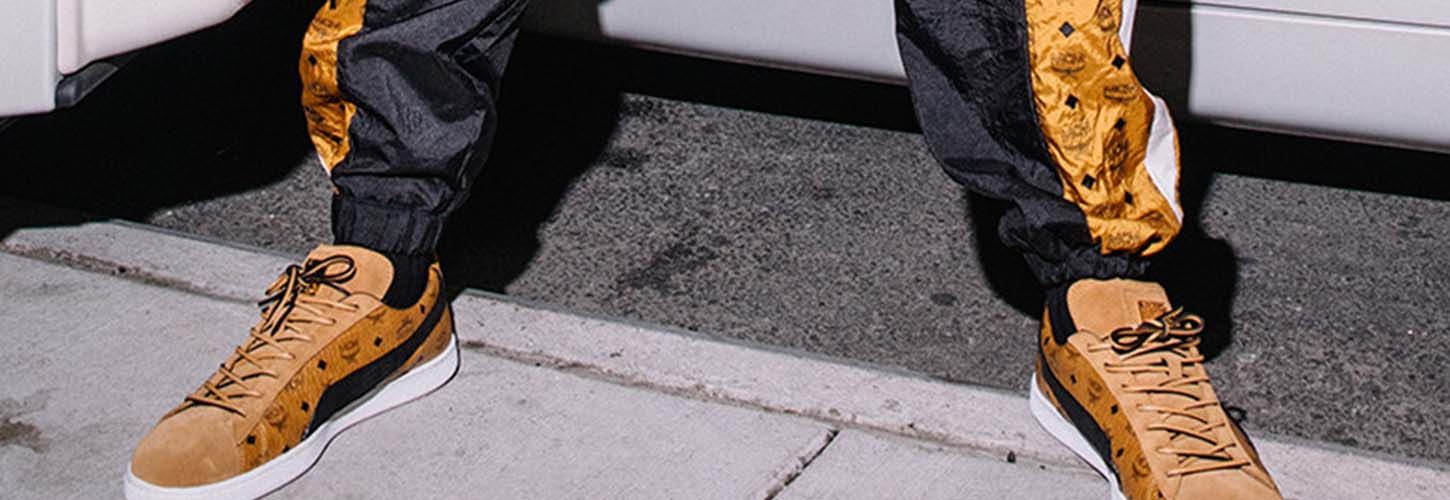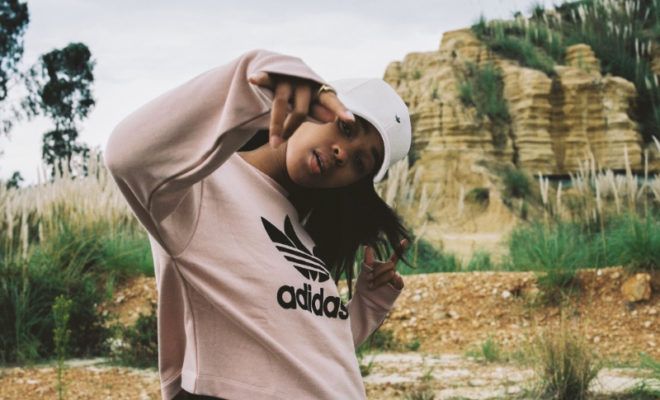Words by Mercia Tucker
New York is to hip hop what Mecca is to Islam. The city has cultural significance that birthed and evolved the genre, and is expressed in odes to the city from Kool G’s Streets of New York, Mos Def’s Brooklyn, to Nas’ N.Y. State of Mind. The culture is pervasive, and grew from a community art form to an encapsulation of the plight of urban neighbourhoods that resonated in the rest of the US, and eventually, worldwide.

Where the genre has been adapted slightly for South African markets, the base elements between hip hop in the States and in SA generally remain the same. So if, as Jay-Z says, ‘Since I made it here, I can make it anywhere’, is the converse true?
Can a South African rapper break into the mainstream American market and achieve success?
Historically, there haven’t been many examples evidencing this. One of the more recent, but also more prolific, South African artists in American hip hop spaces is Candice Pillay. The Pietermaritzburg born beauty has worked behind the scenes, songwriting for names like Rihanna, Rita Ora, and Christina Aguilera, but recently came into the fore with Dr. Dre’s swan song, Compton, where she featured on three tracks.

Candice’s story, however, differs from many local rappers in that she moved to the US when she was 19 and started her career there. She ran the gauntlet of singing covers at open mic nights, selling shoes to pay the bills, chance meetings with record producers, and making jingles for Power 106, which eventually landed her record deal with Bangladesh.
Breaking into the US market requires the concerted effort from industry insiders doing the groundwork to bring your music to the attention of the masses. For most artists, this comes in the form of a record label, and labels are unlikely to take a chance on a rapper without any traction or buzz.
Creating that traction can come in the form of Candice’s ground-up approach, but it’s a time-consuming, money-guzzling, and labour-intensive approach. As working artists in the South African market, it’s likely time that most rappers cannot afford while still catering to their base crowd.

The internet is a great tool for cultural exchanges and platforms like YouTube, Soundcloud, and online publications can pique trans-Atlantic interest in local hip hop markets. One such triumph was AKA and Cassper Nyovest’s recent appearances on Sway Calloway’s online radio show Sway in the Morning. As a veteran hip hop commentator, Sway is revered for his insights and can literally sway listeners to new music talent.
Collaborations between African artists with American stars has also provided traction and opened up American markets to artists that they would otherwise not know exist. Drake’s co-sign of Wizkid by appearing on the Ojuelegba remix opened the door to Wizkid working on arguably the biggest song of 2016, One Dance. South Africa has also had its fair share with Talib Kweli featuring on Cassper Nyovest’s Doc Shebeleza remix, Jeremih featuring AKA on the Don’t Tell Em remix, and Tyga featuring on Du Boiz’s track, Dope Dream.

The challenge that South African hip hop faces in marketing our brand of awesome to the world, however, is identity. Afrobeats has been making inroads in American popular culture from the days of DBanj’s signing to G.O.O.D. Music, to Ayo Jay and Davido’s recent signings to RCA. Roc Nation also signed Nigerian superstar Tiwa Savage in June in what seems to be the world’s awakening to African music and its growing popularity.
Afrobeats artists have capitalised off the unique sound the genre has and marketed it not as a competitor to the hip hop scene in the US but as a niche. This is where SA hip hop falls slightly short.

A lot of commercial rappers in SA have such similar styles to American rappers that competing in that market would be like bringing sand to the beach. Where the genre grew over time in SA and has still to summit the mountain of success, our appreciation of these artists has been, in part, due to the severe lack thereof historically. Pitted against the sea of talent in the nation that birthed the style, and has had the time and resources to grow it, we’d need to bring something more to the table and appeal to their yearning for new and exciting sounds.
For all that has been said on the annoyance of mashing up hip hop with kwaito beats that took the industry by storm last year and most of 2015, the result was distinctly South African. Kwaito spoke to the masses in a visceral way and enjoyed success because of it. Motswako is distinctly South African. Skhanda is distinctly South African. If we are going to have any chance at breaking the shell of our fledgling industry and competing on a global stage, it’s going to have to be on our terms, with our sound.
Can a South African rapper break into the mainstream American market? Time will tell.





